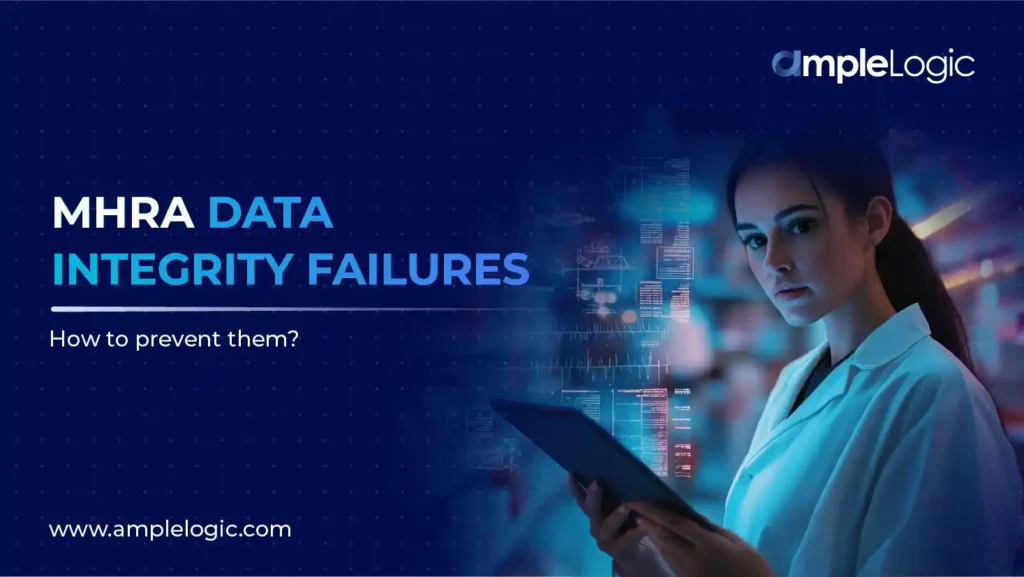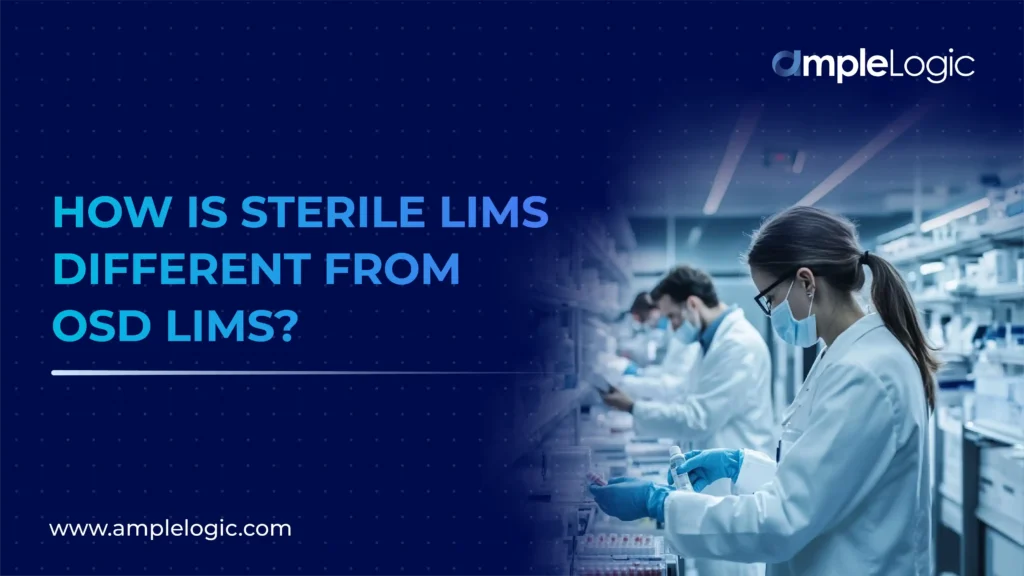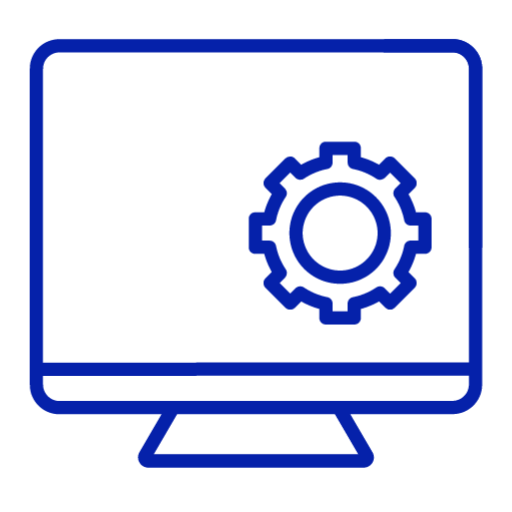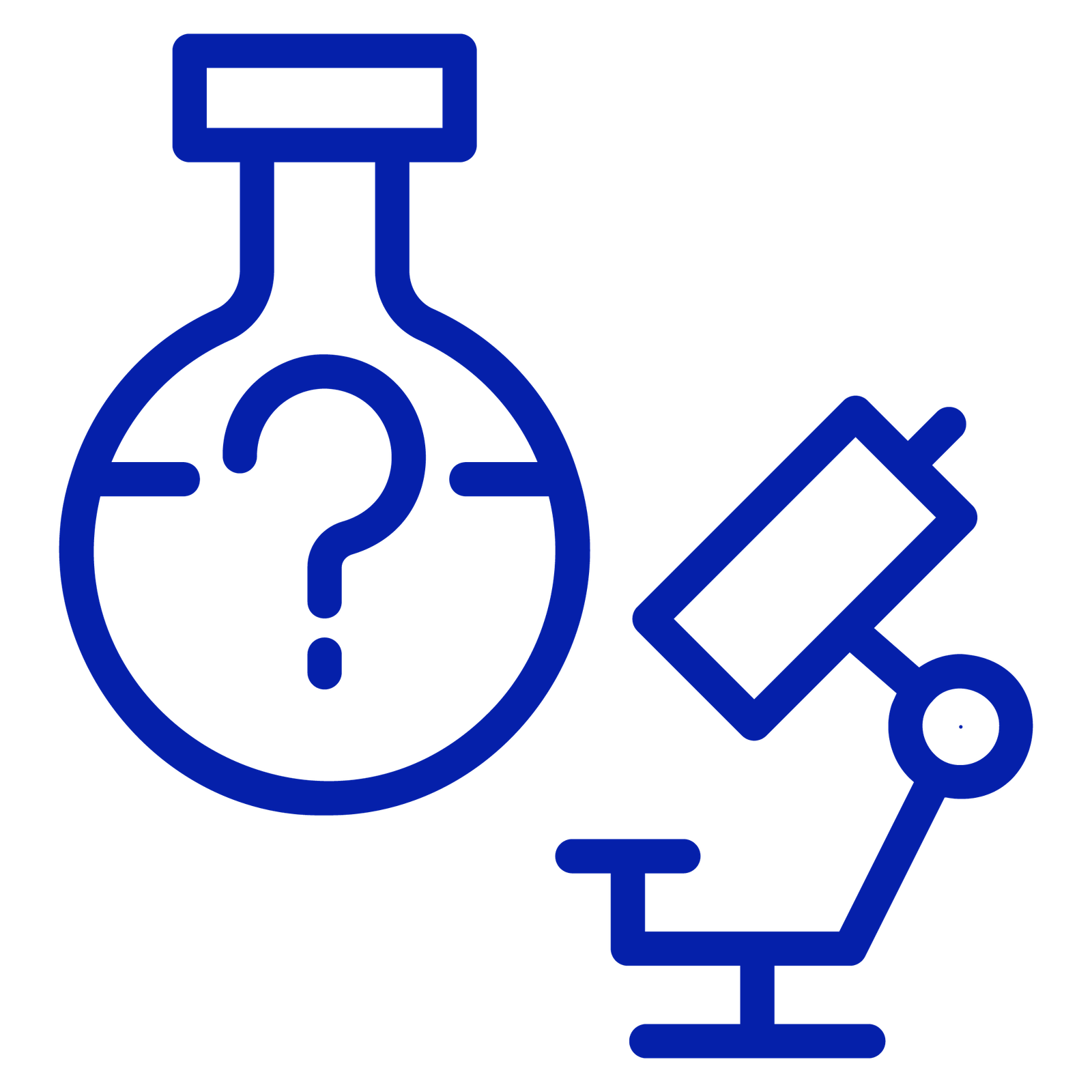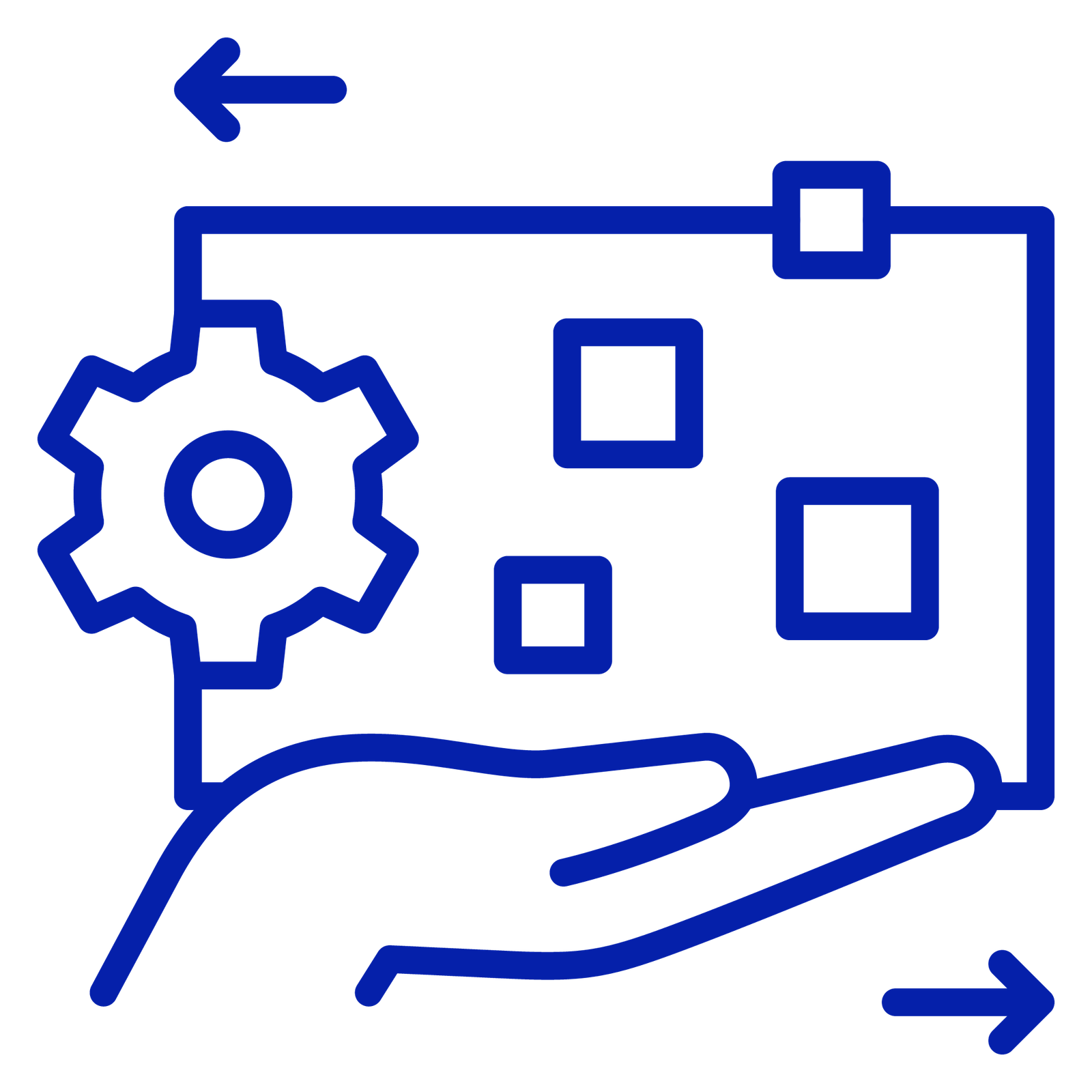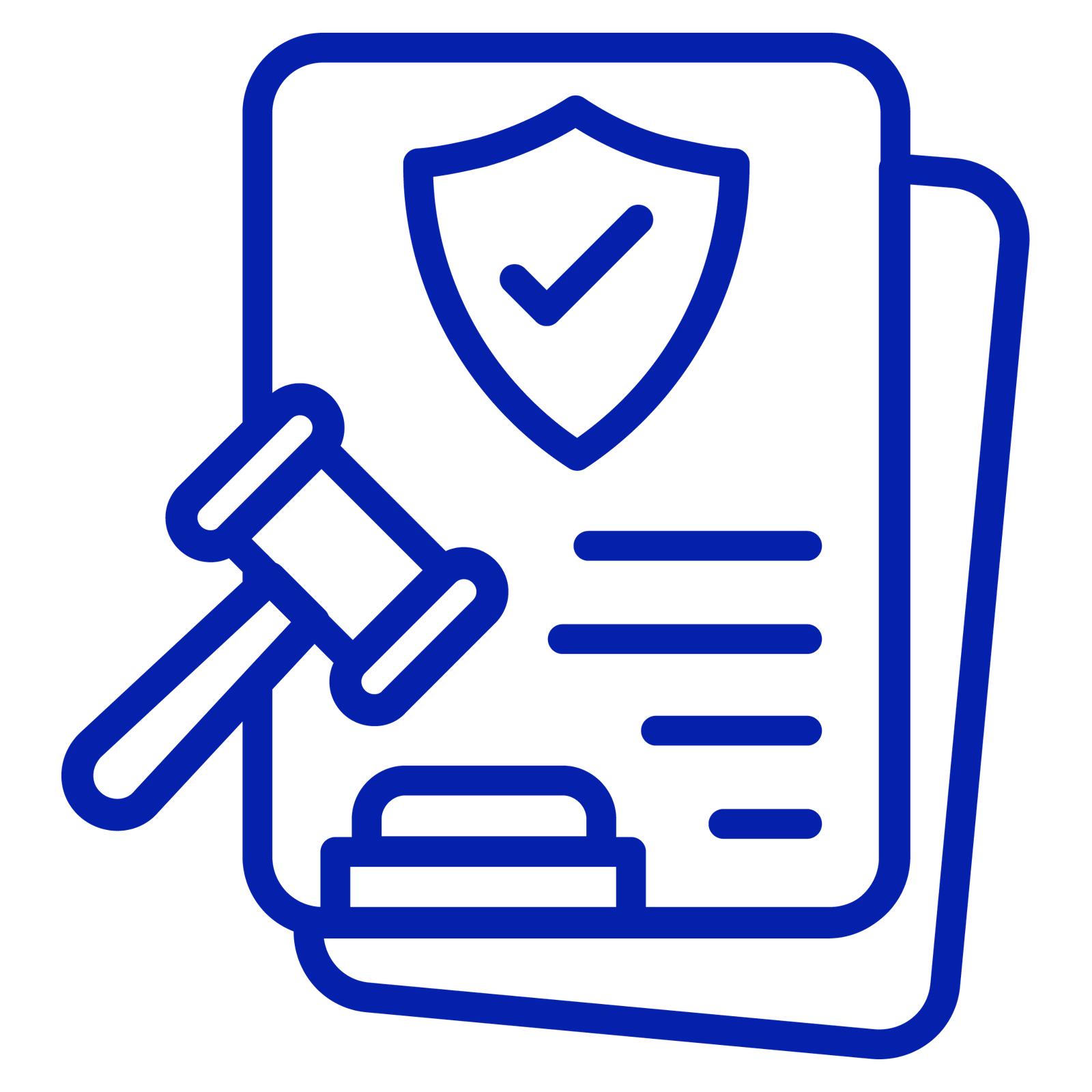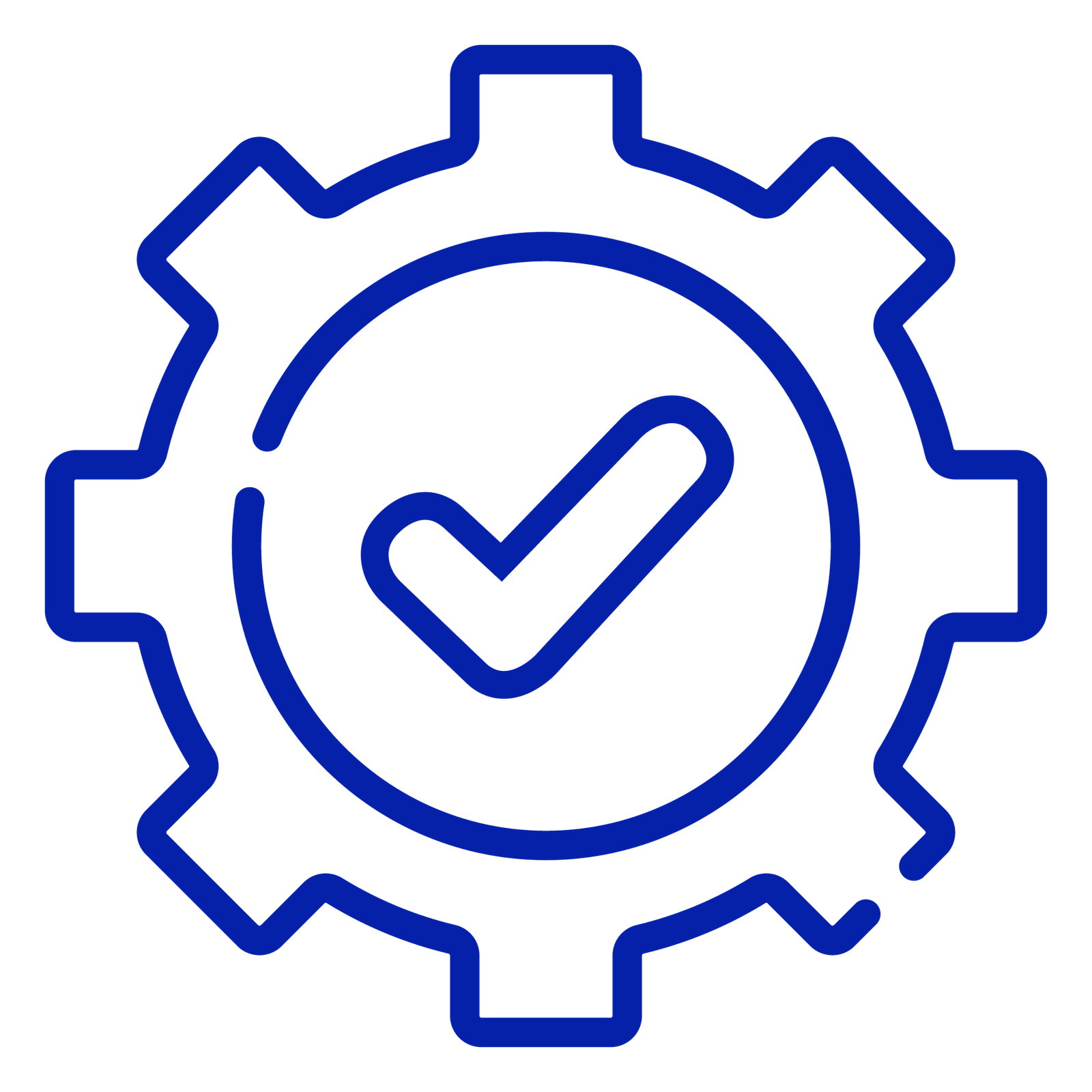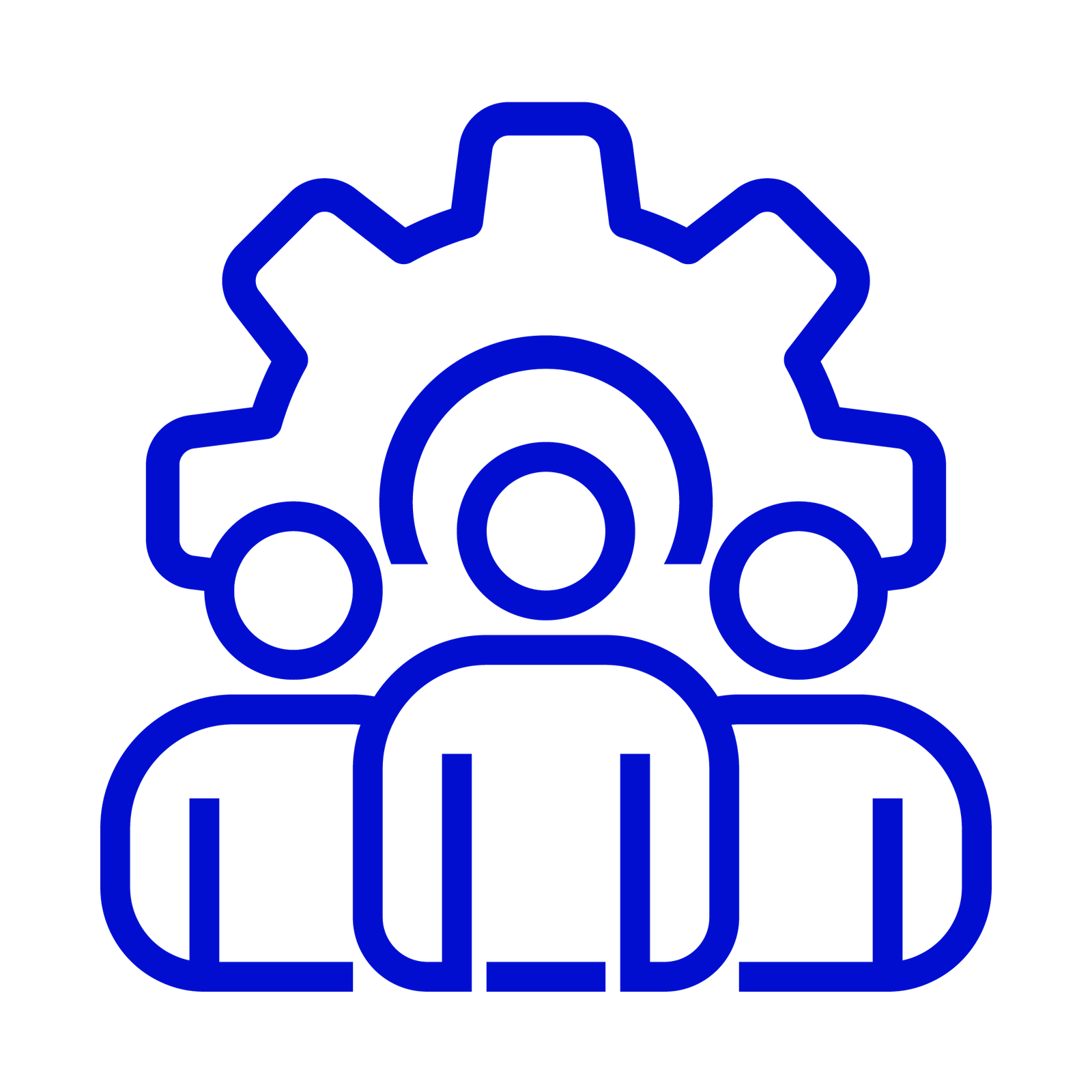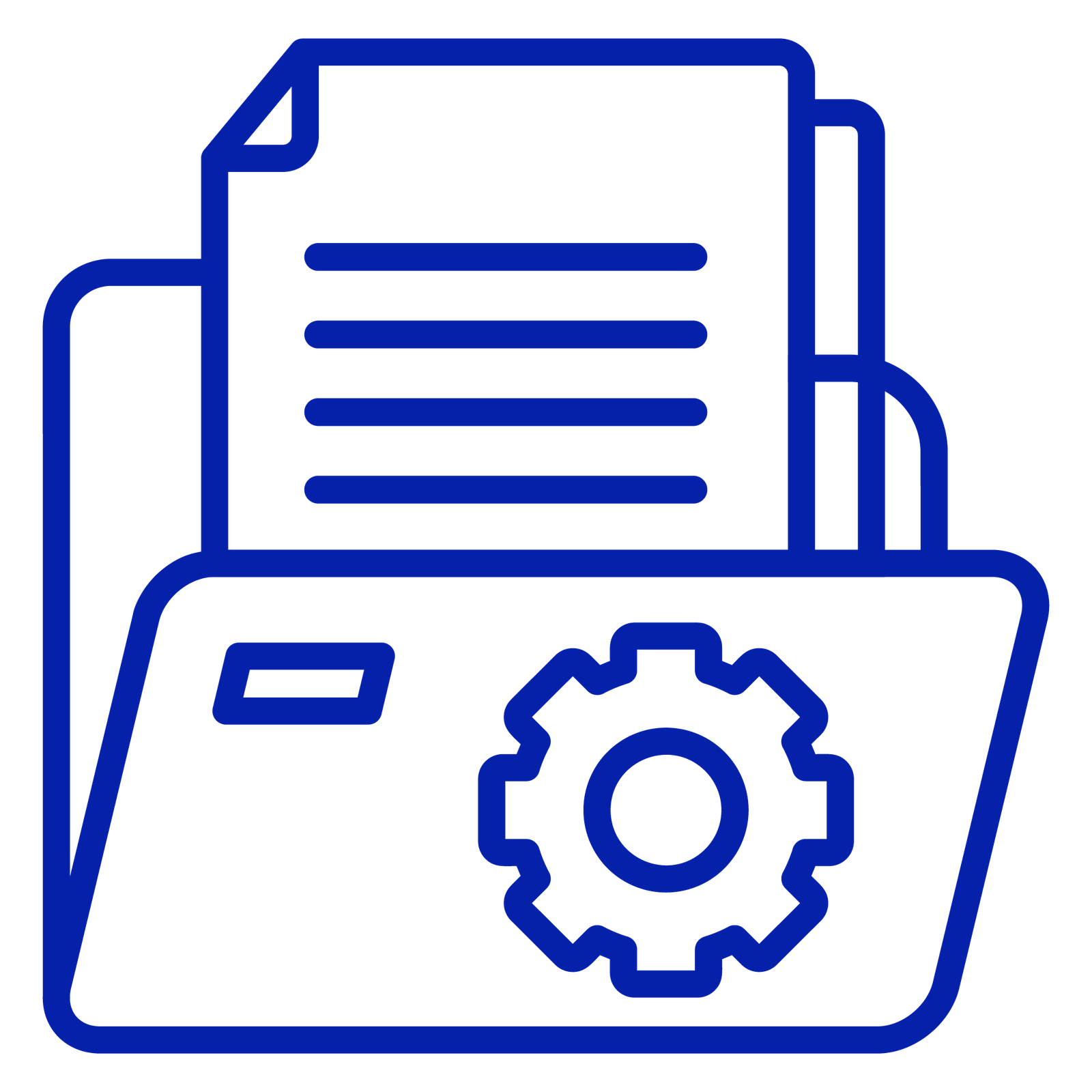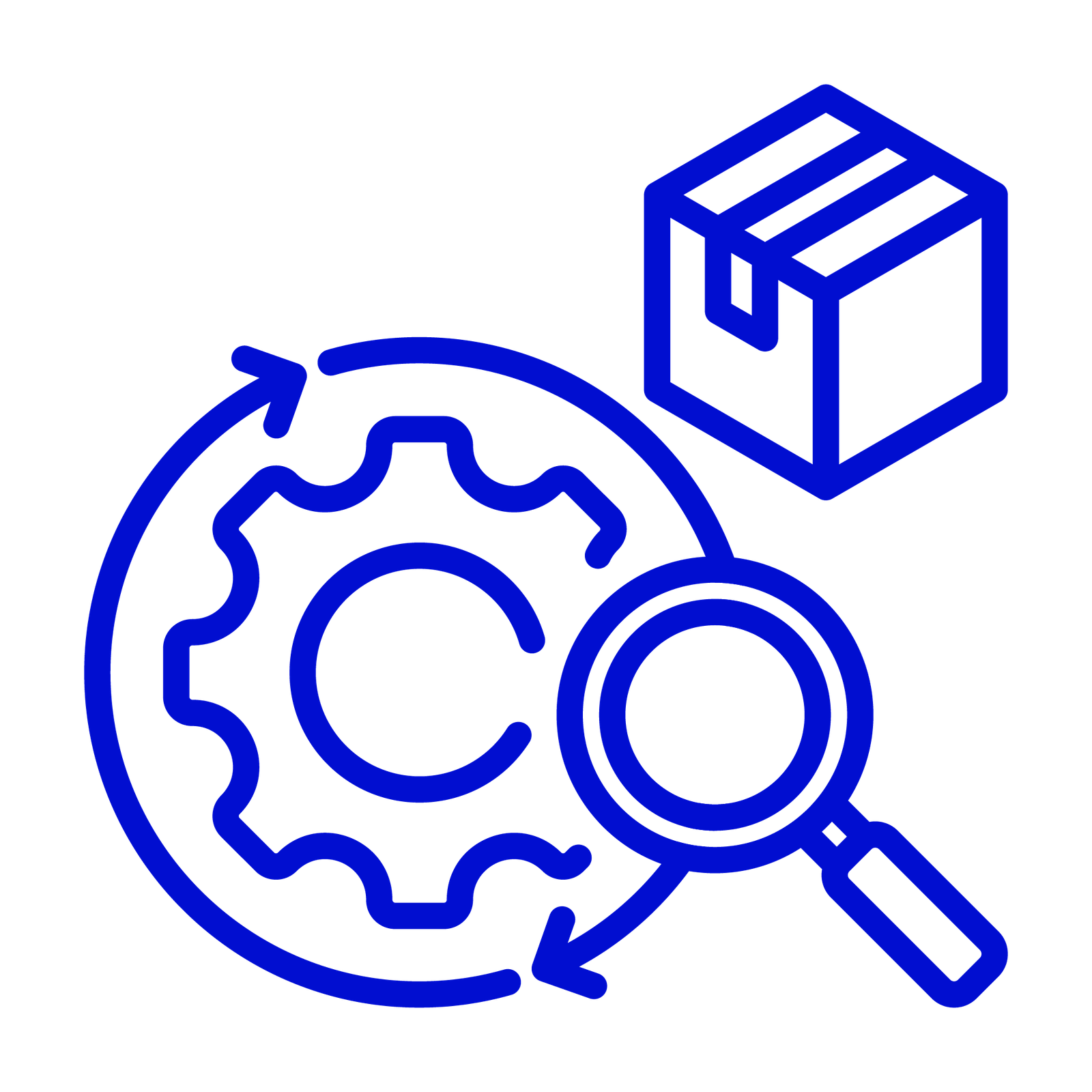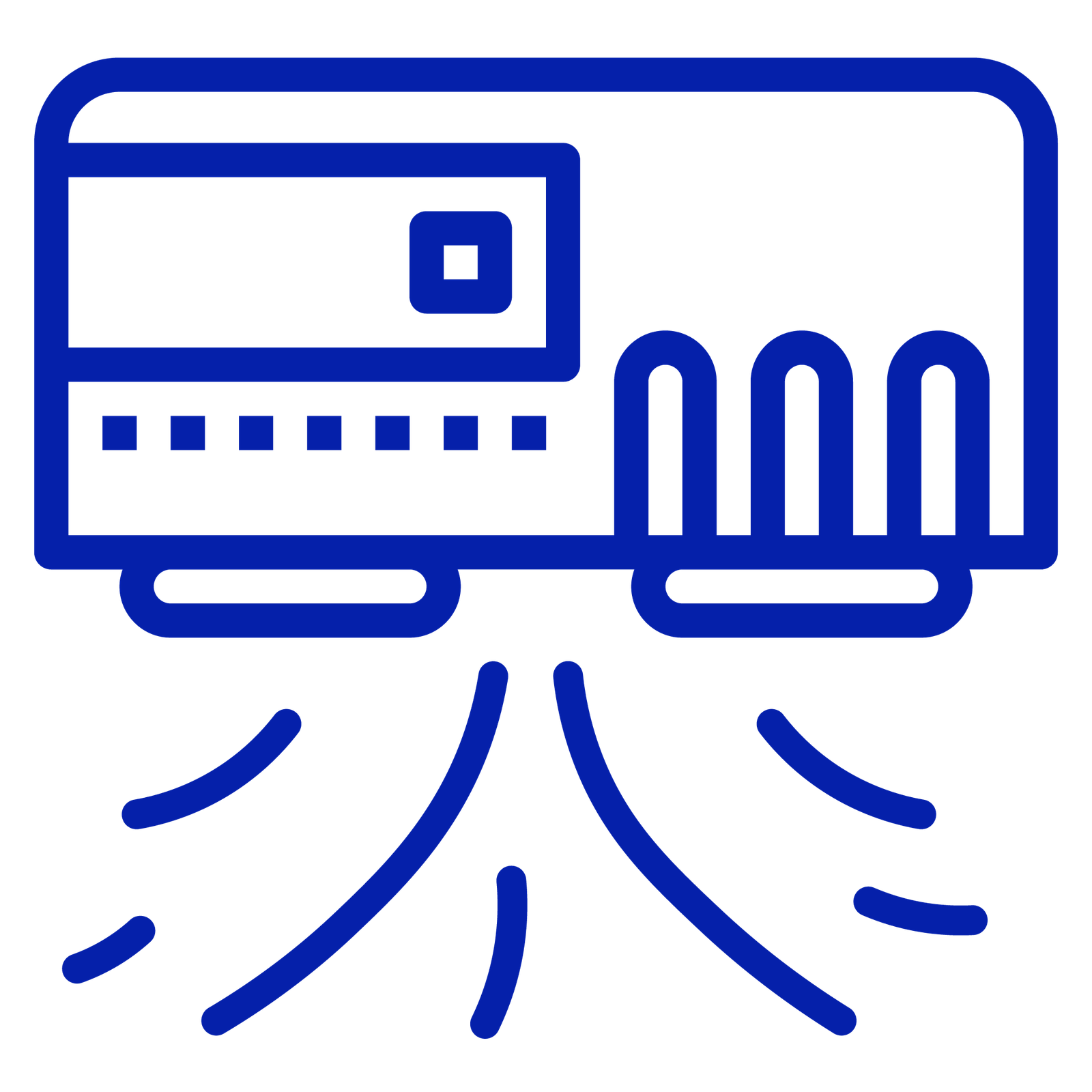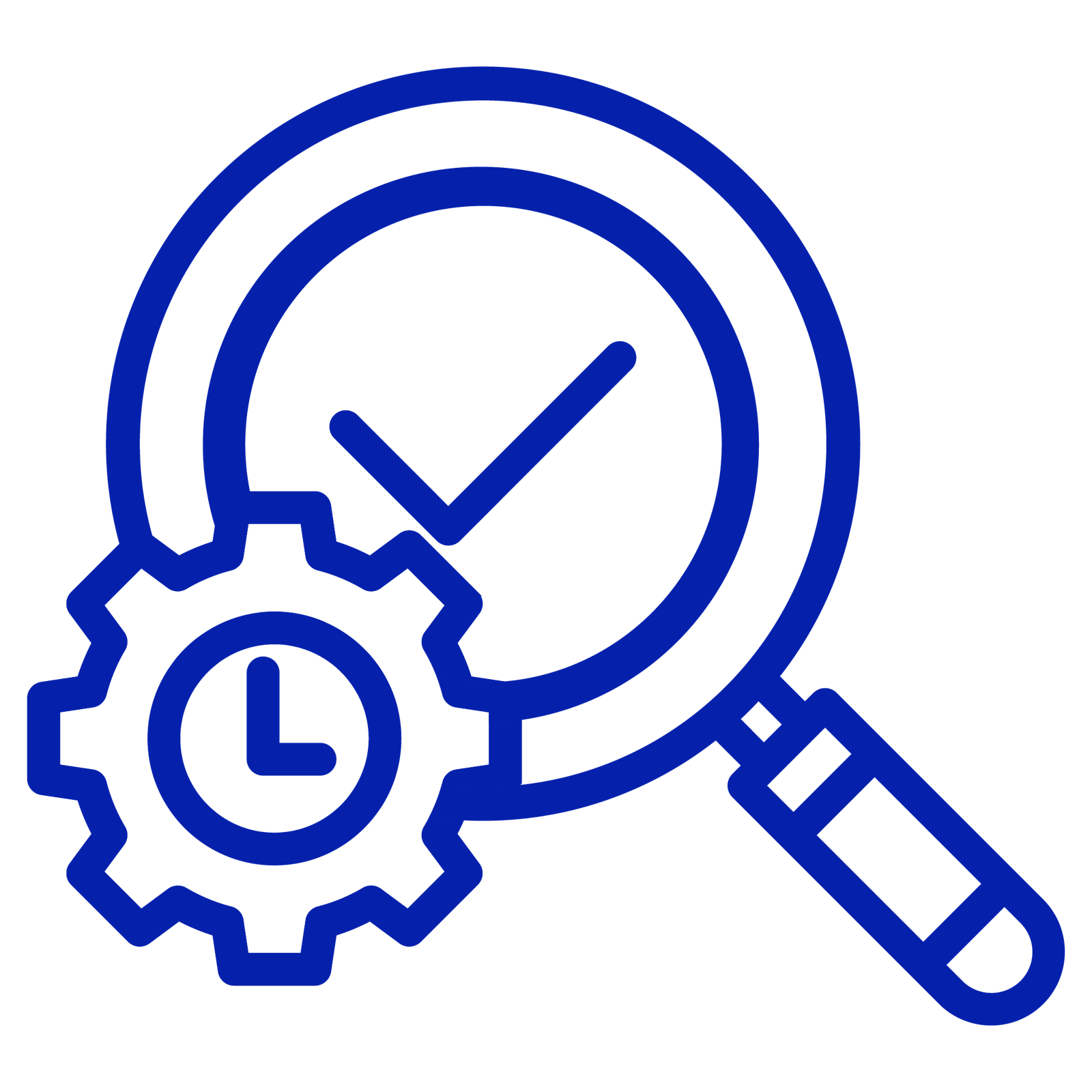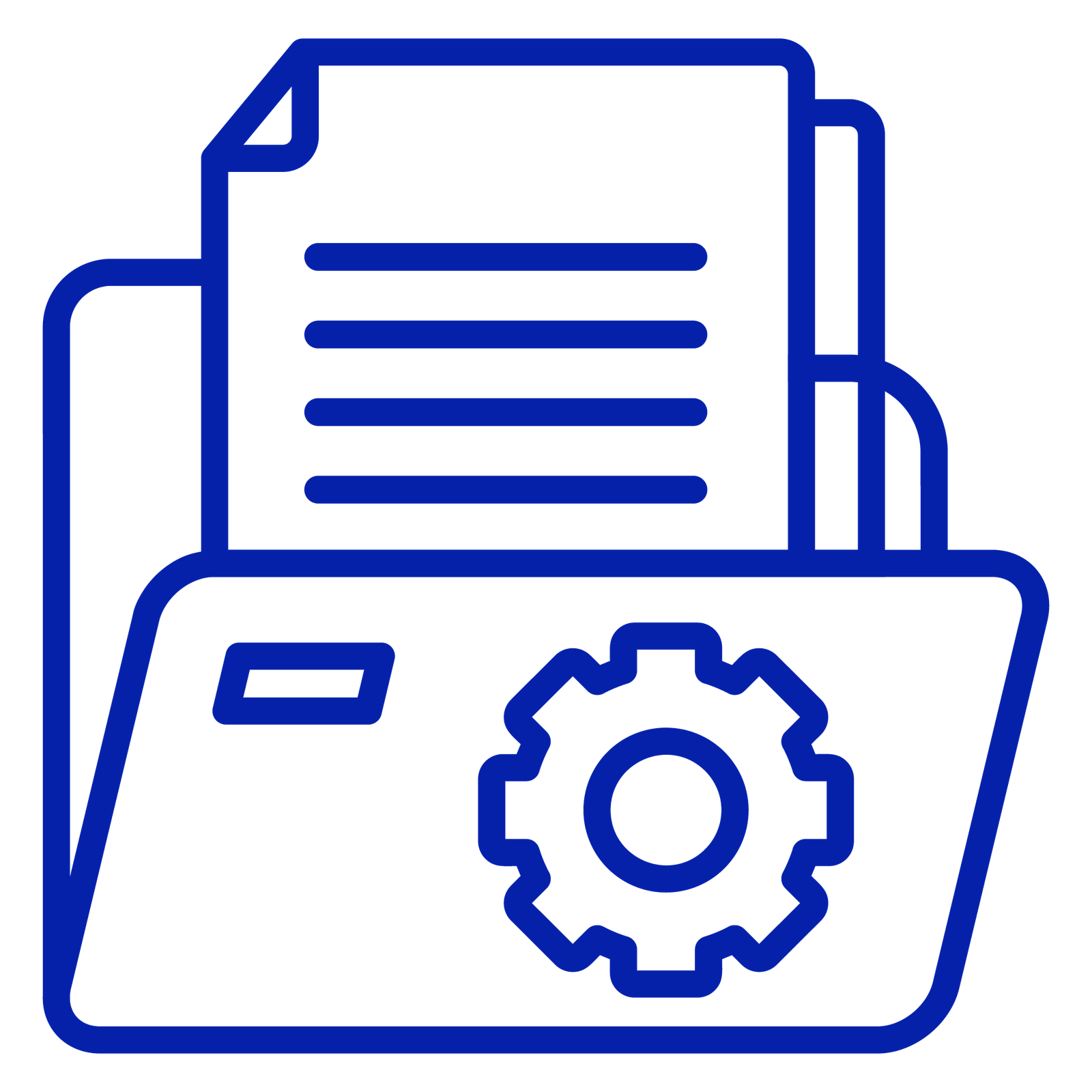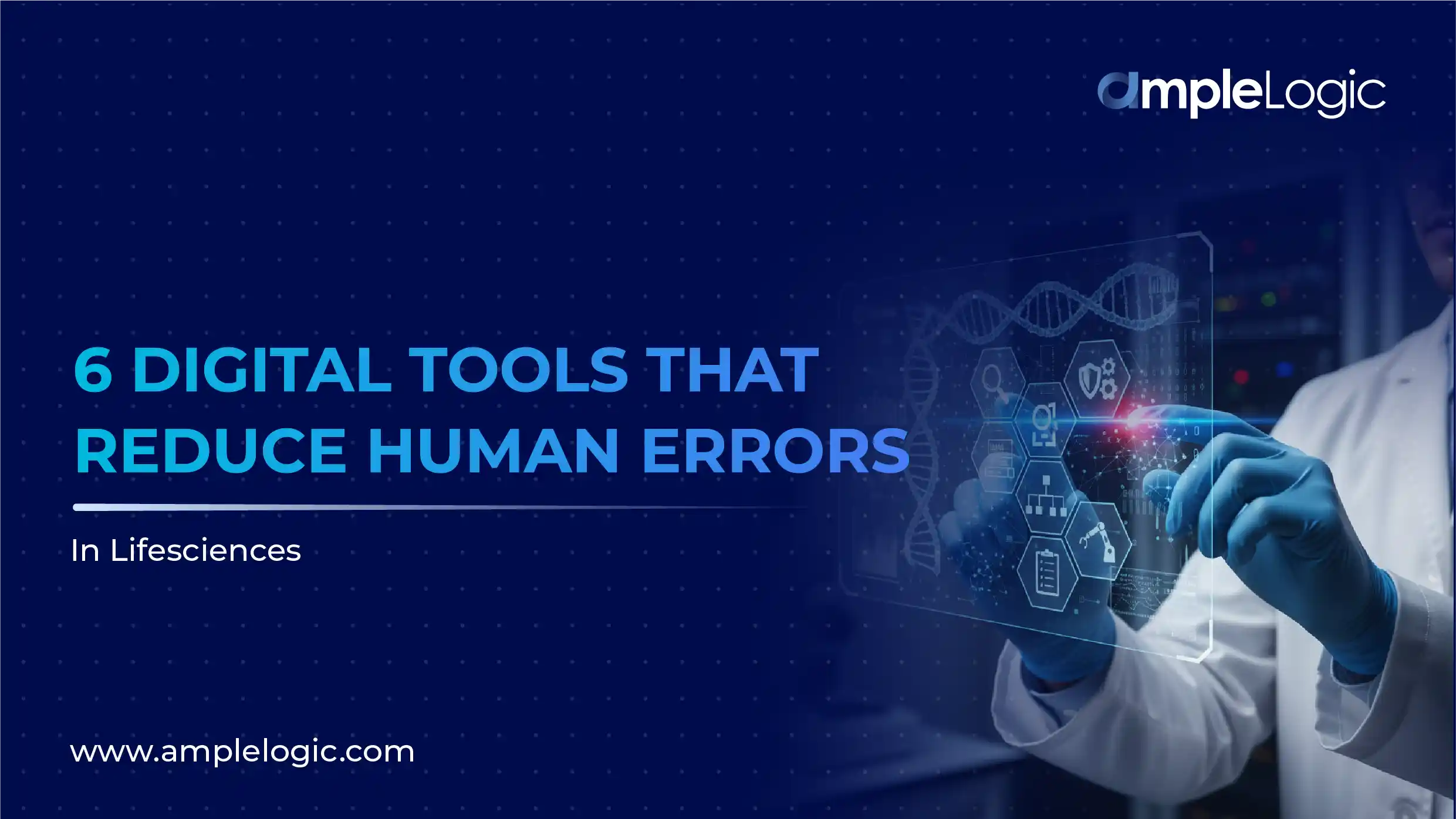
Anyone who has sat through a regulatory audit knows how quickly small mistakes build up. A missing training record raises questions about broader compliance. A misfiled document slows the inspection. By the end of the day, the regulator’s confidence is weakened, not because of the science, but because of avoidable mistakes. Human error remains a leading driver of quality failures.
Despite major investments in automation, many organizations still rely on legacy systems or paper processes that make these mistakes more likely. Regulators have taken note. Recent analyses estimate that over 80% of process deviations are attributed to human error, and the FDA’s FY2023 enforcement report shows rising documentation-related warning letters, pointing to persistent weaknesses in execution and recordkeeping.
Where Errors Cost the Most?
Leaders don’t need another abstract discussion about “human error.” The real question is: where do these mistakes hurt business outcomes? Modern life sciences quality management software and pharmaceutical quality management software are built to close these exact gaps. Some areas also stand out.
- Manufacturing and Quality Systems:
In production environments, skipped fields in batch records, delayed deviation reports, or mismanaged CAPAs remain the most common sources of repeat findings. Even with partially digital systems, gaps in workflow enforcement allow errors to slip through. - Laboratories:
Lab teams still struggle with mislabeled samples, manual transcription, and calculation mistakes. Robust evidence shows 60–70% of total laboratory errors occur in the pre-panalytical phase (sample handling, identification, transport), errors that are avoidable with the right systems. - Audits and Compliance:
Preparing for inspections drains resources when evidence is scattered across files, emails, and spreadsheets. The result is longer audits and a higher risk of repeat citations. For global companies, managing this across multiple sites adds another layer of exposure. This is where audit management software for pharma provides immediate value by centralizing checklists, evidence capture, and follow-up.
A Mature Market, Not an Experiment
The good news is that solutions are not theoretical. Spending on life sciences quality management software exceeded $1.87 billion in 2024 and continues to grow. That’s why next-generation platforms such as AmpleLogic have built validated pharmaceutical quality management software already in use by leading companies.
To mitigate the situation of human error, AmpleLogic has earned recognition for pharma-focused deployments that directly target error reduction digitally. Regulators increasingly expect these systems to be in place.
Six Digital Tools That Reduce Human Errors
These are the six categories of digital tools for error reduction in life sciences most widely adopted to address preventable mistakes. Each tackles a specific high-risk area where errors frequently surface, from manufacturing to laboratories and audit preparation.
1. Life Sciences Quality Management Systems (eQMS)
Most people in QA know the pain of chasing a deviation that’s been sitting open for weeks because the record wasn’t filled properly. Missing signatures, skipped steps, forms left half-complete.
A Life Sciences Quality Management Software, like the one AmpleLogic provides, closes those gaps. It forces every field to be completed, every approval to be tracked, and every step to be logged. The result? QA teams spend less time chasing paperwork and more time solving the actual problem.
2. Document Management Systems (DMS)
Walk into almost any inspection, and one of the first things an auditor asks is, “Show me the SOP you followed.” Too often, someone pulls out an old version. An eDMS fixes this by making sure only the latest approved document is in circulation. Integrated systems link documents straight into workflows, so operators can’t even start with the wrong instruction. It’s a simple control, but it helps in the audit findings.
3. Electronic Logbooks (eLog)
Ask any QA lead what keeps them up at night, and logbooks will be high on the list. Pages go missing, handwriting is unreadable, or entries are written days after the fact. Electronic logbooks like that of Amplelogic solve this by making fields mandatory, time-stamping every entry, and tying records to equipment IDs. Suddenly, calibration and cleaning logs stop being a weak spot, and audits run smoothly.
4. Manufacturing Execution Systems (MES)
On the shop floor, mistakes don’t usually come from bad intent; they come from rushed shifts and complex steps. One skipped instruction can derail an entire batch. MES platforms guide operators step by step, locking in the approved order so nothing is missed.
When tied into Electronic Batch Records (eBMR), they make batch review faster and reduce the long delays between production and release. Supervisors see issues right away instead of weeks later.
5. Laboratory Information Management Systems (LIMS)
In the lab, the most common errors are often the simplest ones: mislabeled samples, wrong numbers copied into spreadsheets, and results written twice. LIMS platforms also serve as lab error prevention systems, automating sample tracking with barcodes and pulling results straight from instruments.
When linked to a QMS, a flagged sample automatically creates a deviation or CAPA. Scientists spend less time rechecking data, and QA gains a clean, traceable chain from start to finish. That is where even solutions like Amplelogic LIMS can help.
6. Learning Management Systems (LMS) & User Access Management (UAM)
One of the easiest findings for regulators to spot is an untrained person doing regulated work. It still happens. LMS systems make sure only qualified staff are marked as trained, and UAM controls go a step further by blocking system access until training is current.
AmpleLogic combines these controls so that training and access are tied together. It’s one of the simplest ways to stop avoidable errors and show auditors that competence is enforced by design, following all the GxP compliance software.
Questions Executives Should Be Asking
Instead of debating software features, one should focus on sharper questions:
- Where are most of our preventable errors concentrated- manufacturing, labs, or audits?
- Are our systems interoperable, or are we adding new silos?
- Do we have evidence that the platform has supported successful inspections with regulators like the FDA or the EMA?
- Is training compliance enforced at the workflow level, or tracked separately?
- Can we see error trends at an enterprise level in real time?
Practical Recommendations
Practical adoption matters more than theory. These steps help organizations get the most from digital tools for error reduction in life sciences while ensuring systems work together.
- Prioritize your biggest error source. If deviations pile up, start with eQMS. If labs keep repeating investigations, focus on LIMS. Fix the worst pain point first.
- Choose integrated systems. A stand-alone tool that doesn’t connect will only create new problems. Pick platforms that link quality, lab, and operations.
- Demand proven results. Ask vendors to show inspection outcomes or cycle-time improvements. Tools like AmpleLogic’s eQMS already have that track record.
- Enforce training through access. Tracking training isn’t enough; link LMS and UAM so only qualified people can run regulated tasks.
- Track errors in real time. Don’t wait for audits. Leaders should see error trends weekly, not months later.
Conclusion
Human error is still the number one reason for deviations, audit findings, and lost time in life sciences. Regulators no longer see it as “small mistakes”; they call it a weakness in the system.
The fix isn’t more paper checks or extra staff. It’s using the right digital tools for error reduction in life sciences and making them work together. AmpleLogic’s eQMS, eLog, and LMS/UAM modules are already proving this in pharma operations: faster deviation closures, cleaner audit trails, and fewer training gaps turning into findings.
If your teams are still chasing missing signatures, outdated SOPs, or logbooks that don’t add up, it’s time to act. Start with the area that hurts most, pharmaceutical quality management software, bring in a system that closes the gap, and build from there. Every day you delay, errors keep costing you money, time, and credibility.






